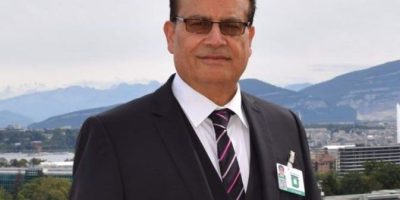BRICS shake up global economic architecture
By creating their own multilateral financial institutions, the BRICS emerging-market powers are shaking up global economic governance but remain far from dismantling the post-war system dominated by the West.For the past 70 years, the International Monetary Fund and the World Bank have been the pillars of the world’s economic system, coming to the rescue of countries in trouble and supporting development projects, respectively.
But the Bretton Woods institutions are regularly criticised for their inability to reflect the growing and important contributions of the major emerging economies to the global economy.
China, the world’s second-largest economy, continues to have just slightly more voting power in the IMF than Italy, about five times smaller.
And, since their creation in 1944, the IMF and the World Bank have only been led by Americans and Europeans.
“Broader global governance reforms have become stalled, despite the many commitments made by advanced economies to emerging markets to give them a more prominent role in international financial institutions and other international forums,” said Eswar Prasad, a trade policy professor at Cornell University and a former IMF expert.
In this context, the launch on Tuesday of a development bank and an emergency reserve fund by the BRICS — Brazil, Russia, India, China and South Africa — appears to be a concrete attempt to address those inequities.
“If the existing institutions were doing their jobs perfectly, there would be no need to go to the trouble of creating a new bank, a new fund,” said Paulo Nogueira Batista, who represents Brazil and 10 other countries at the IMF, in an interview.
The mere creation of the two BRICS institutions sends a strong signal to Western powers, where some doubt the ability of the five powerhouses to surmount their individual needs and ambitions.
The launches “are significant actions that represent a game changer as they turn statements and rhetoric about cooperation among these countries into reality,” Prasad said.
Still, many areas of uncertainty cloud the new BRICS structures, giving the IMF and the World Bank a long lead on their fledgling rivals.
For now, only the BRICS countries will be able to draw from the US$ 50 billion in the New Development Bank and US$100 billion in the Contingent Reserve Arrangement.
Related News

Trump’s War on America
By Qamar Bashir President Donald Trump has done what no American president dared to do:Read More

The Return to Divine Reality
By Qamar Bashir For centuries, humanity has looked up at the stars and deep intoRead More


Comments are Closed